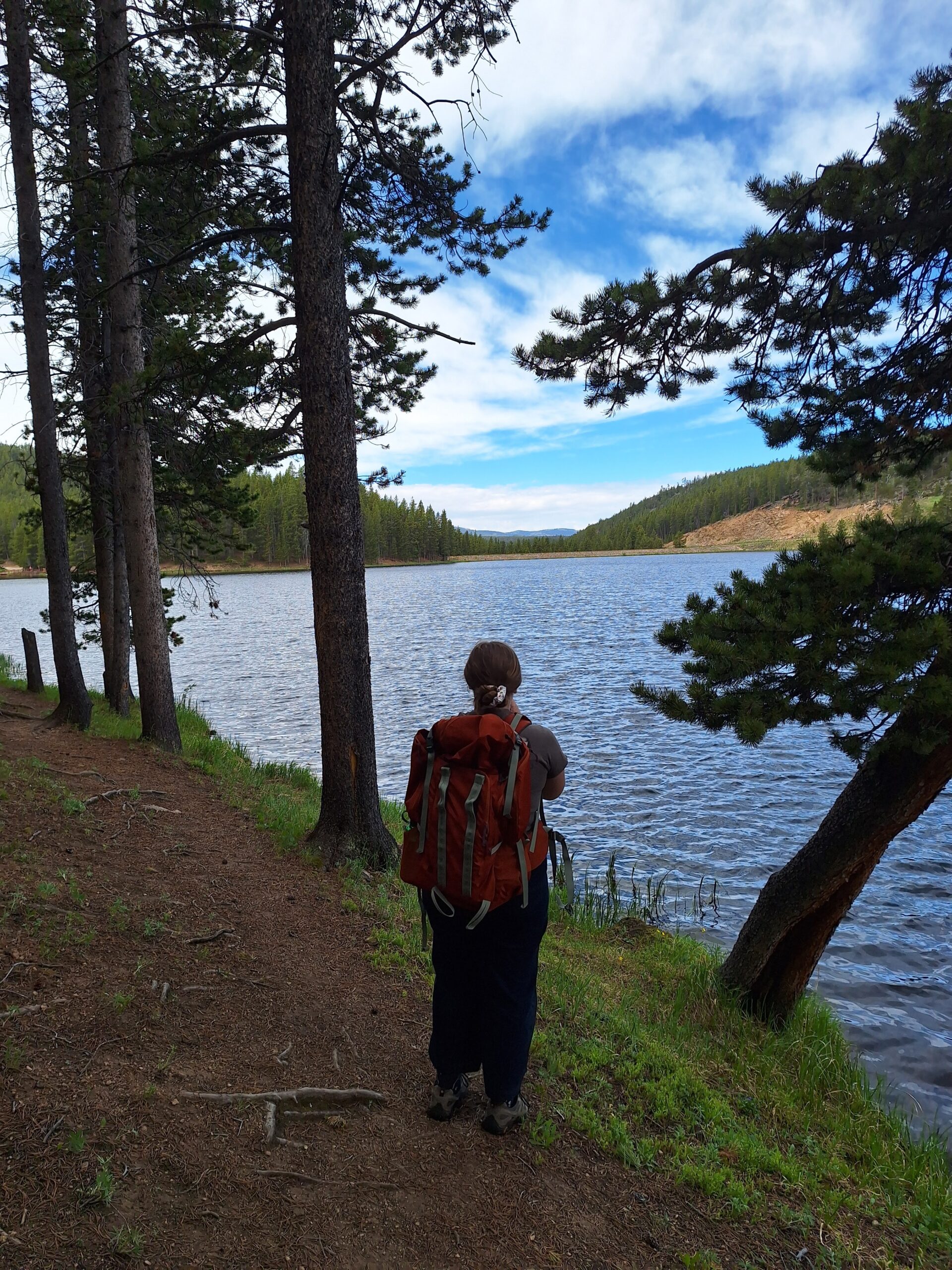Imagine spread in front of you is an open I Spy book. You look at the list of objects you’re supposed to be finding in the chaos and … you don’t even know what any of the objects look like. This is kind of how it has felt for me transitioning from the dry deserts of New Mexico and Utah to the flora in the Alpine Meadows and stands of Pine in Wyoming.
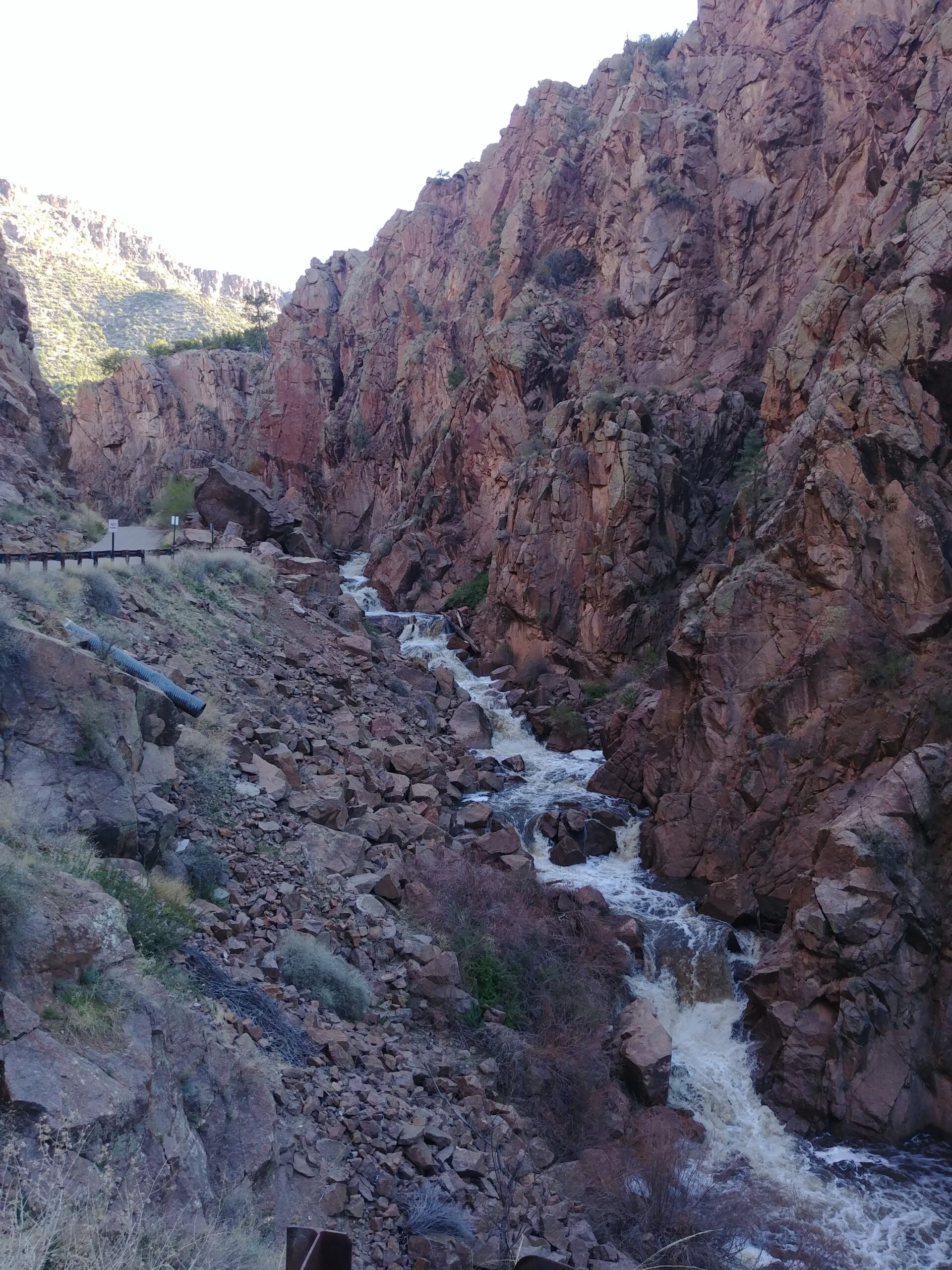
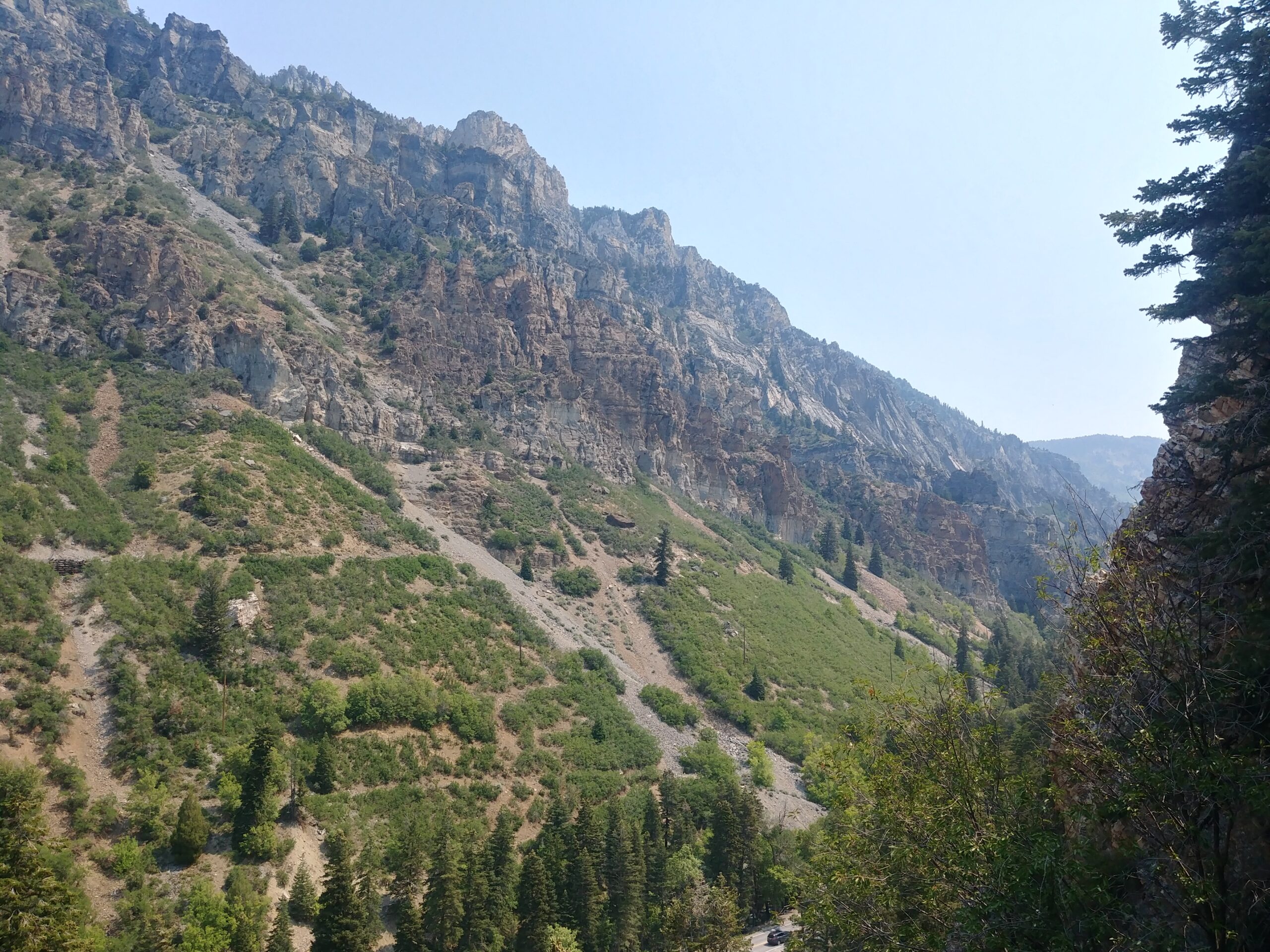
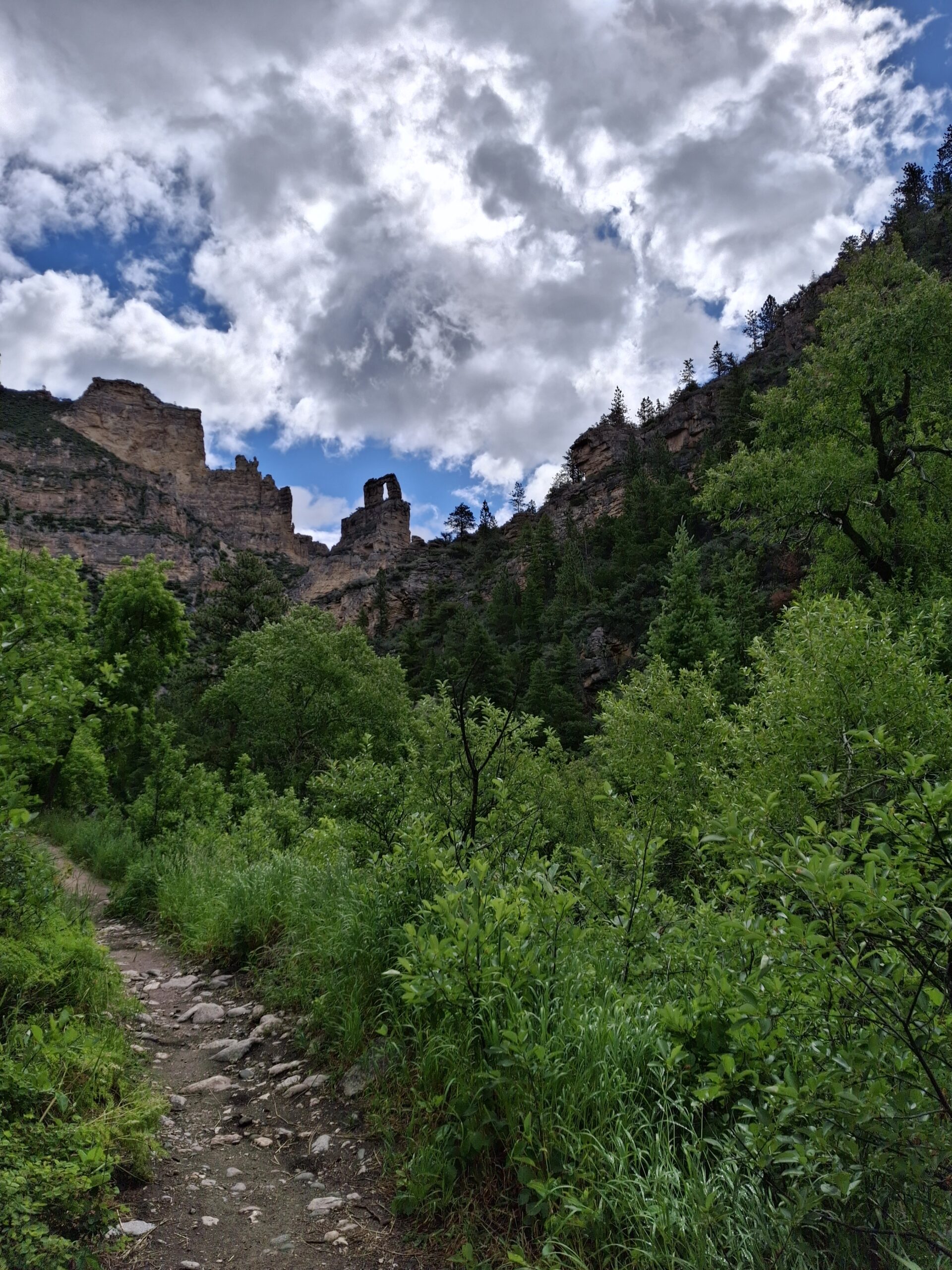
A whole new suite of plant species spreads in front of me that I am somehow supposed to identify, find large enough populations of, and collect seed from. For the past weeks I’ve been searching for specific plants (alongside my co intern in the Big Horn Mountains, Nick Gjording), only a couple of which I’ve seen in the wild before. That’s not even mentioning the grasses that make up half our species list that blend in nicely to the background of the I Spy page in front of us.
My time so far in the Bighorn National Forest has been spent driving to hopeful plant locations or desperately scanning out the car window (remember those in car I spy games when your sibling would inexplicitly say “I spy with my little eye, something green”? … yeah). When the time comes to get outside, and I hopelessly scan the ground for the plants on our list.
During the furious scanning back and forth, between checking grass ligules and looking at the hairs on yellow asters, something amazing happens. When you look so closely at a defined area, you start to notice all the little things that are so easy to pass over. It’s like finding a tiny figure of your favorite dog breed or seeing the cutest rubber ducky on the I Spy page. Some of the highlights in our adventures include spying a light pink Lupin plant (they’re normally a dark blue-ish purple here), a patch of liverworts (which, as a Bryophyte enthusiast myself, was especially exciting), and a multitude of interesting new-to-me plants. I even spied some Yucca, a plant familiar from my “hometown” experiences I didn’t even realize grew this far North.
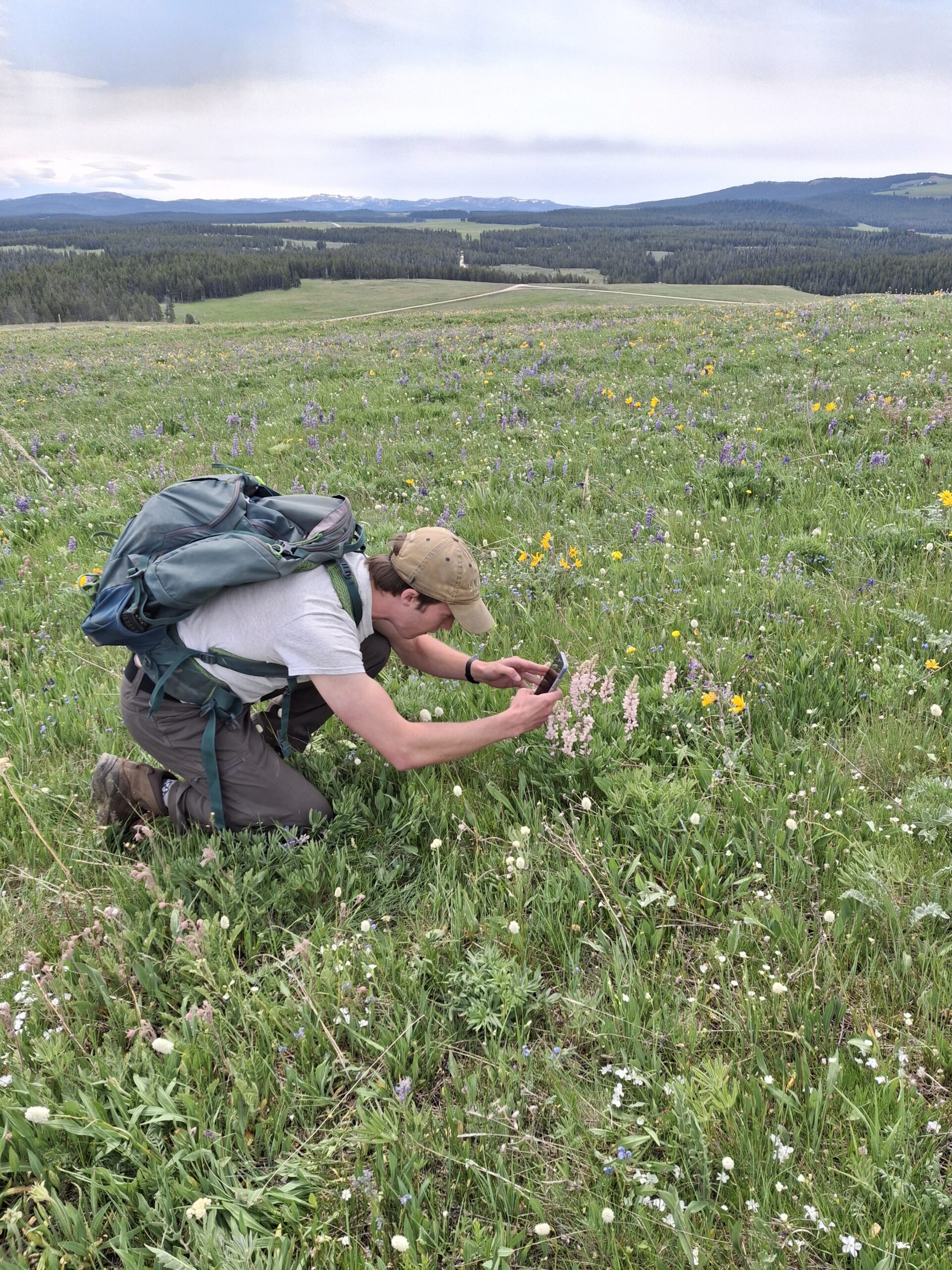
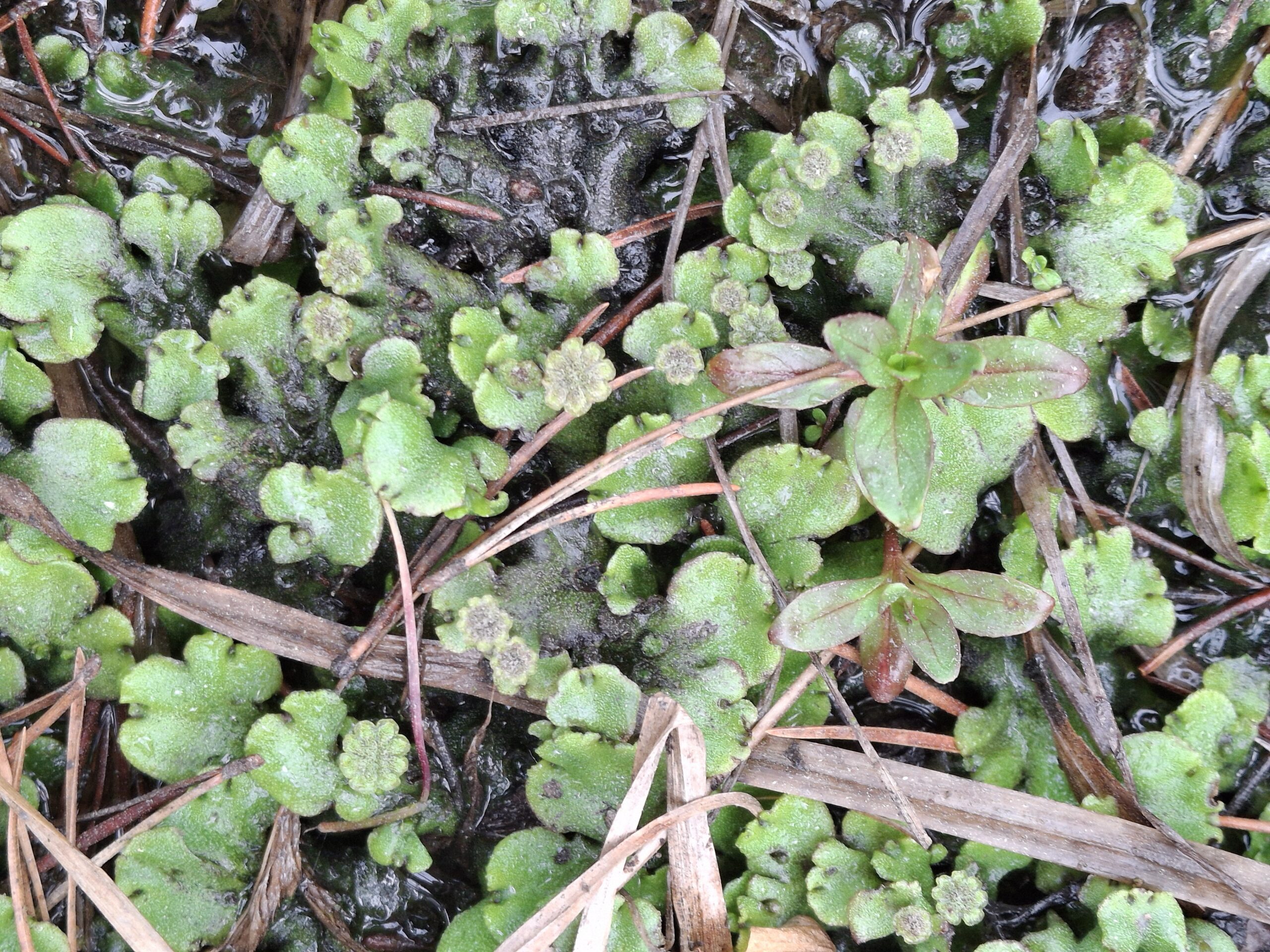
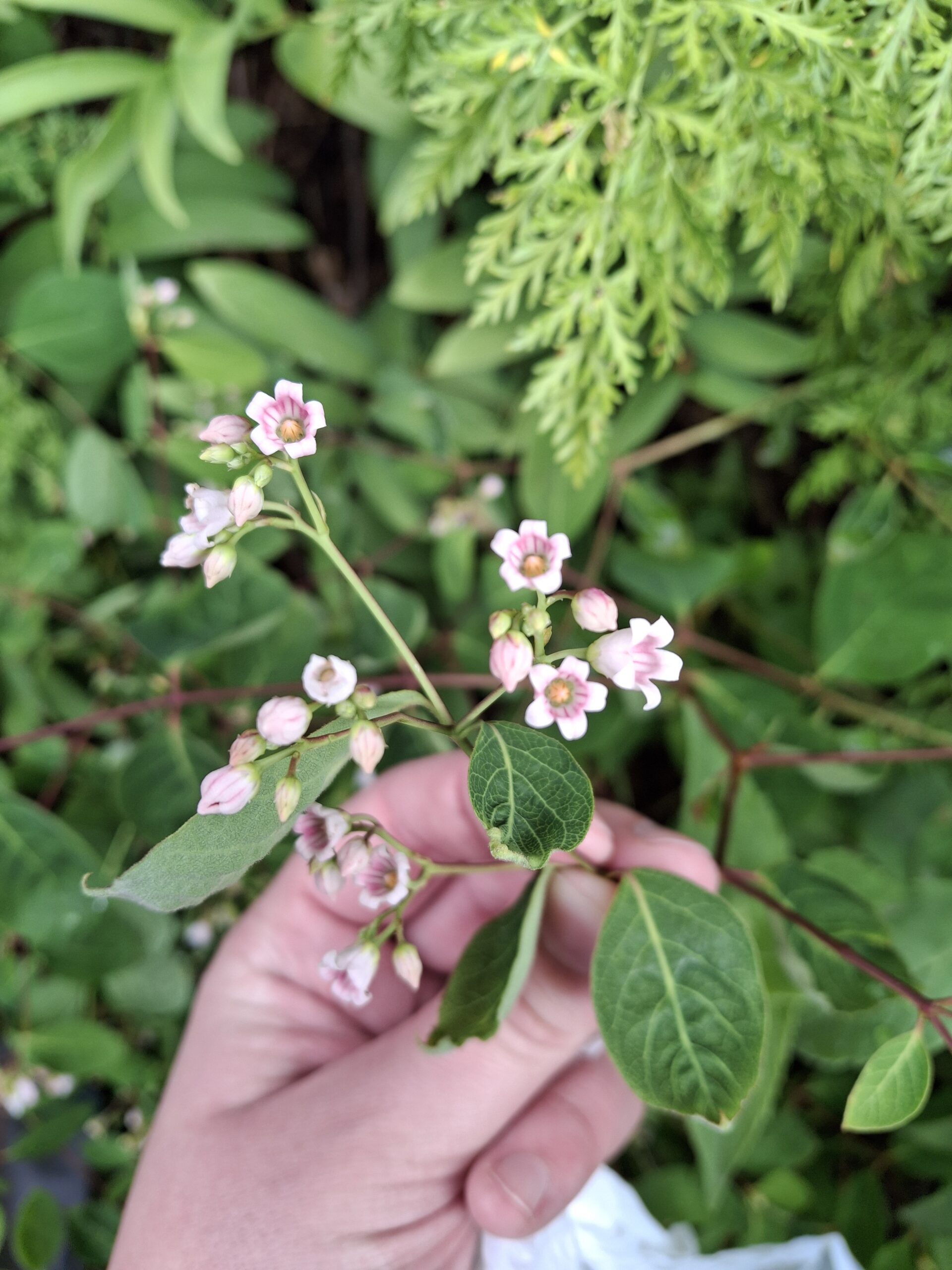
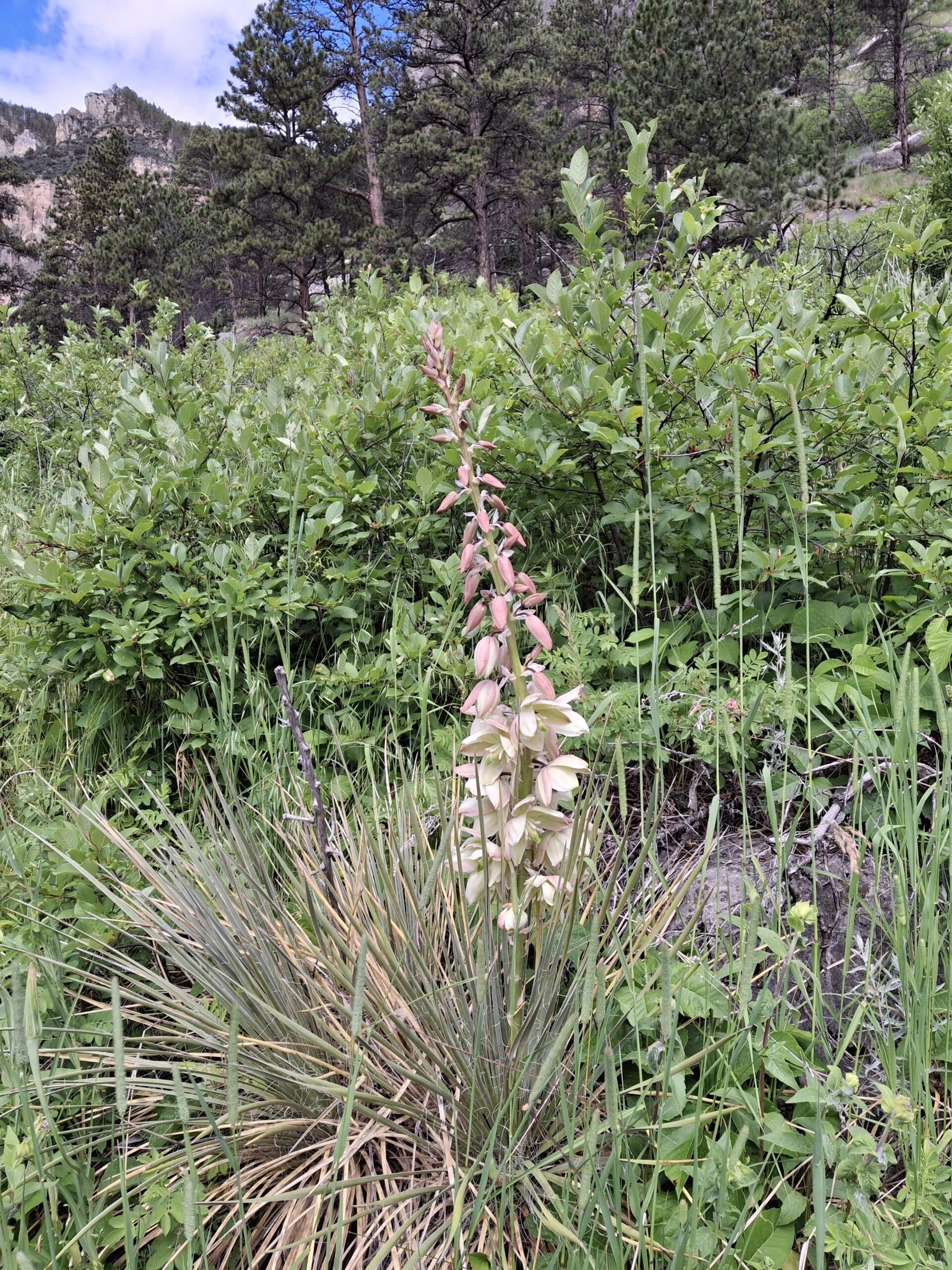
And occasionally, a miracle happens, and you manage to find a suitable population! In the weeks of planning and scouting that have already happened, despite how early in the growing season we are (especially in those higher elevation areas) coming up on those populations is a satisfying feeling like no other.
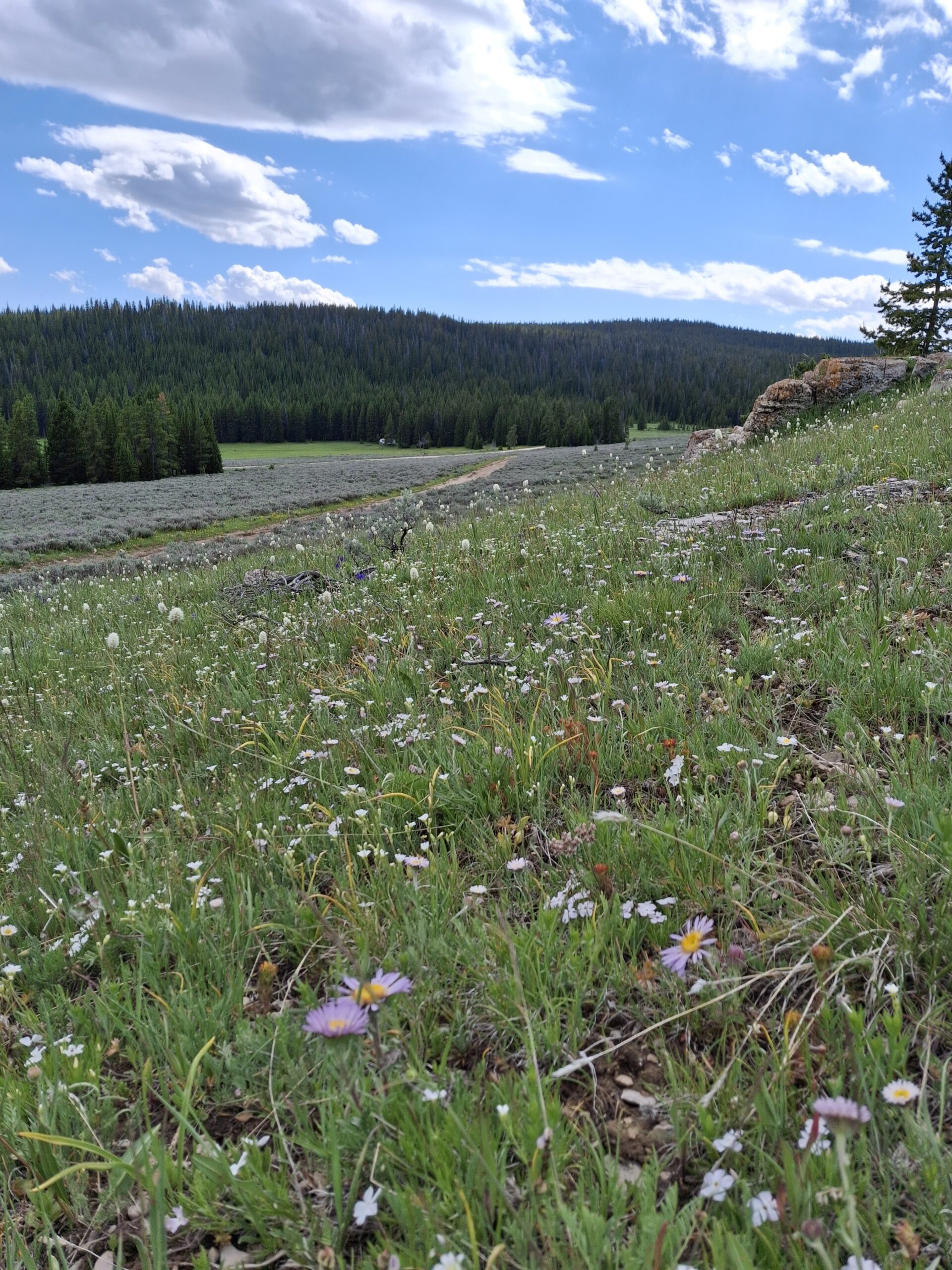
In one case, we spent a couple of days searching for Eriogonum umbellatum, only finding one or two occasional individuals. Then, within the next few days we came across two independent and large populations; all that hard work paid off. Later I’ll get to return to these populations, hopeful that nature will have taken its course, and everything will have aligned so the plants can have bloomed, been pollinated, and be producing seed. Hopeful, I write down the location of the population and cross my fingers that I won’t miss that slice of time when the seeds are ready for us to collect.
In this real-time, real-life I Spy book, I’ve somehow managed to take a list of unknowns in the large and very green spread in front of me and find what I was looking for, and even more that I wasn’t expecting.
But the season is only beginning. Imagine that in your book more frustration, excitement, and unexpected finds lay in front of you. As the season progresses, you know that things will only get easier; that list of unknowns will slowly but surely become more familiar and understood. The list at the bottom of your I Spy page is no longer full of nebulous, unrecognizable words but a list of familiar and perhaps even crossed off treasures. You’ve now completed maybe the first page of the I Spy book that you’ll continue to work through for the rest of the field season, and you can’t wait to intimately know that crucially important list of objects, their unique locations, and the beauty that surrounds it all.
